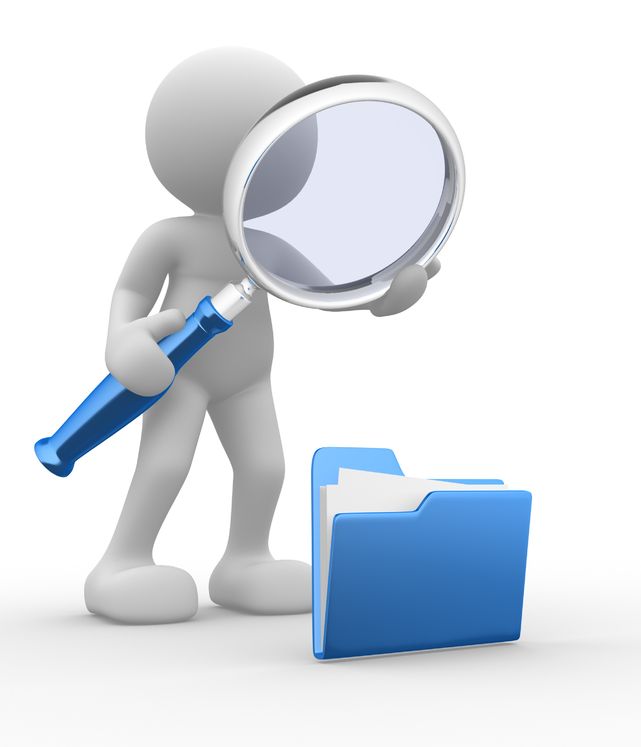Overview
 The United States Patent and Trademark Office issued important guidance in the Federal Register on July 1, 2021 regarding ties between the duty of disclosure and enablement. When applying for a patent, an applicant must disclose the invention with sufficient detail to enable one of ordinary skill in the art to be able to make and use the invention without undue experimentation. It is well settled that an applicant does not need to have a prototype, also known as a working example, of the invention, in order to file patent application. Nonetheless, if there is at least one working example, it is common to describe it in detail in the patent application, since doing so is one way to meet the enablement requirement. When there is not a working example, courts have upheld the use of prophetic examples instead. The recently published guidance cautions, however, that care must be taken to avoid misleading readers as to what type of example is being described in a patent application.
The United States Patent and Trademark Office issued important guidance in the Federal Register on July 1, 2021 regarding ties between the duty of disclosure and enablement. When applying for a patent, an applicant must disclose the invention with sufficient detail to enable one of ordinary skill in the art to be able to make and use the invention without undue experimentation. It is well settled that an applicant does not need to have a prototype, also known as a working example, of the invention, in order to file patent application. Nonetheless, if there is at least one working example, it is common to describe it in detail in the patent application, since doing so is one way to meet the enablement requirement. When there is not a working example, courts have upheld the use of prophetic examples instead. The recently published guidance cautions, however, that care must be taken to avoid misleading readers as to what type of example is being described in a patent application.
What Is a Prophetic Example?
The heart of invention is conception. An inventor needs to have the invention solidified in his or her mind and needs to be able to describe how to make the invention. Accordingly, an inventor does not have to actually make any working prototypes of the invention in order to file a patent application, and there is not always an actual working example available to be described. In such situations, prophetic examples are often used in patent applications to describe how one could make the invention, and how the invention is expected to operate.
Problems When Prophetic Examples Are Not Clear
Since a prophetic example is provided to describe what is expected to happen, but has not actually happened yet, care should be taken to avoid implying otherwise. Problems can arise both during and also after patent prosecution if prophetic examples are used but not properly called out.
During patent prosecution, examiners may object to the written description and reject associated claims when it is unclear whether examples provided are actual working examples or prophetic examples. While an applicant can respond to such objections and rejections, it may be difficult to do so without introducing an unacceptable new matter into the application.
Additionally, making inaccurate or misleading statements in an application can be fraud on the Patent Office. Knowingly asserting in a patent application that working examples were produced or that experiments were run, when such activities have not actually occurred, has been found to qualify as a basis for fraudulent inequitable conduct that can render unenforceable any patent granting from that application.
Best Practices
There are several steps that can be taken to avoid issues when using prophetic examples. First, when preparing patent applications, clients and attorneys should both be aware of which examples are working examples and which are prophetic examples, and then should clearly label the prophetic examples as being prophetic in the written description sections of those applications. Additionally, it is acceptable under the U.S. Patent Office guidelines to write prophetic examples in the future tense or the present tense in order to assist readers in differentiating between actual working examples and prophetic examples. However, critically, use of the past tense should be avoided when describing examples and results that have not actually been obtained. Overall, exercising care to avoid misleading statements strengthens the enforceability of the resulting patent.
